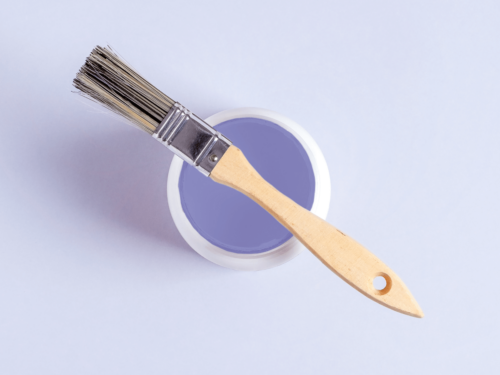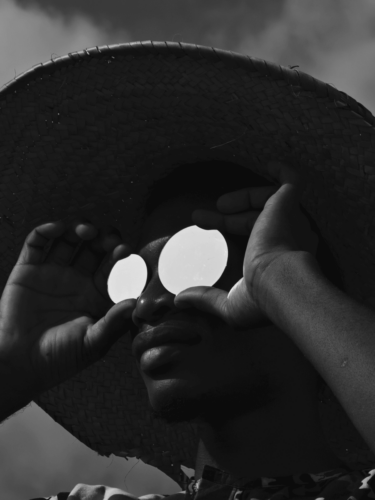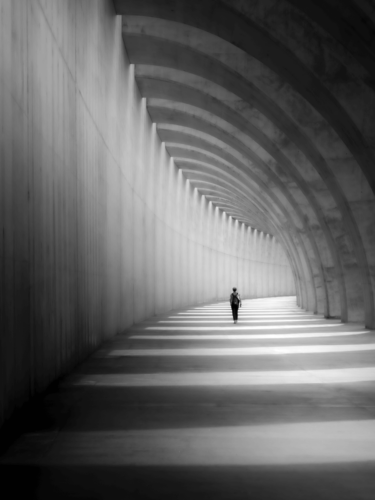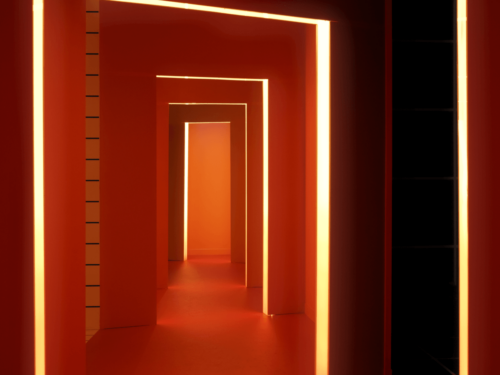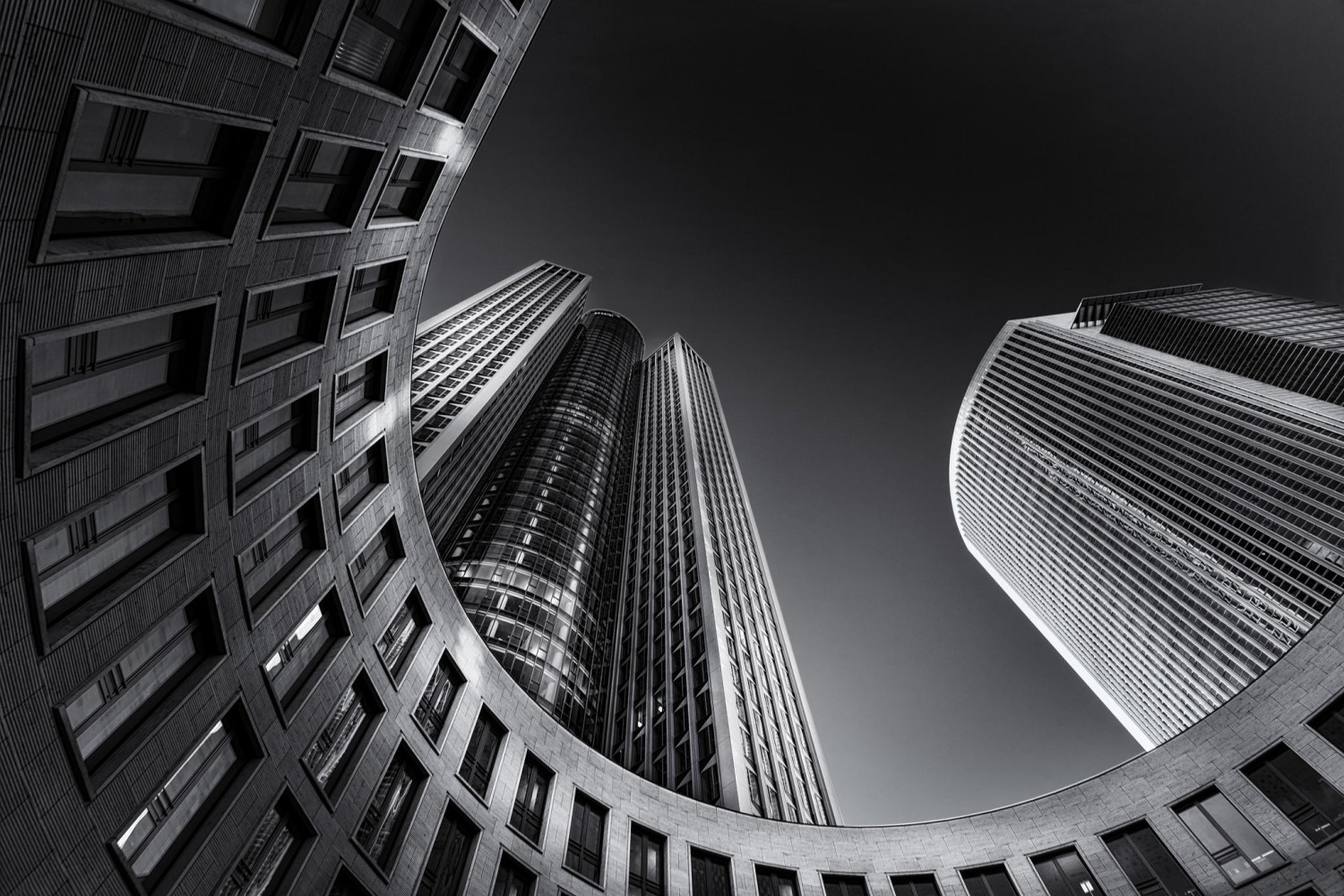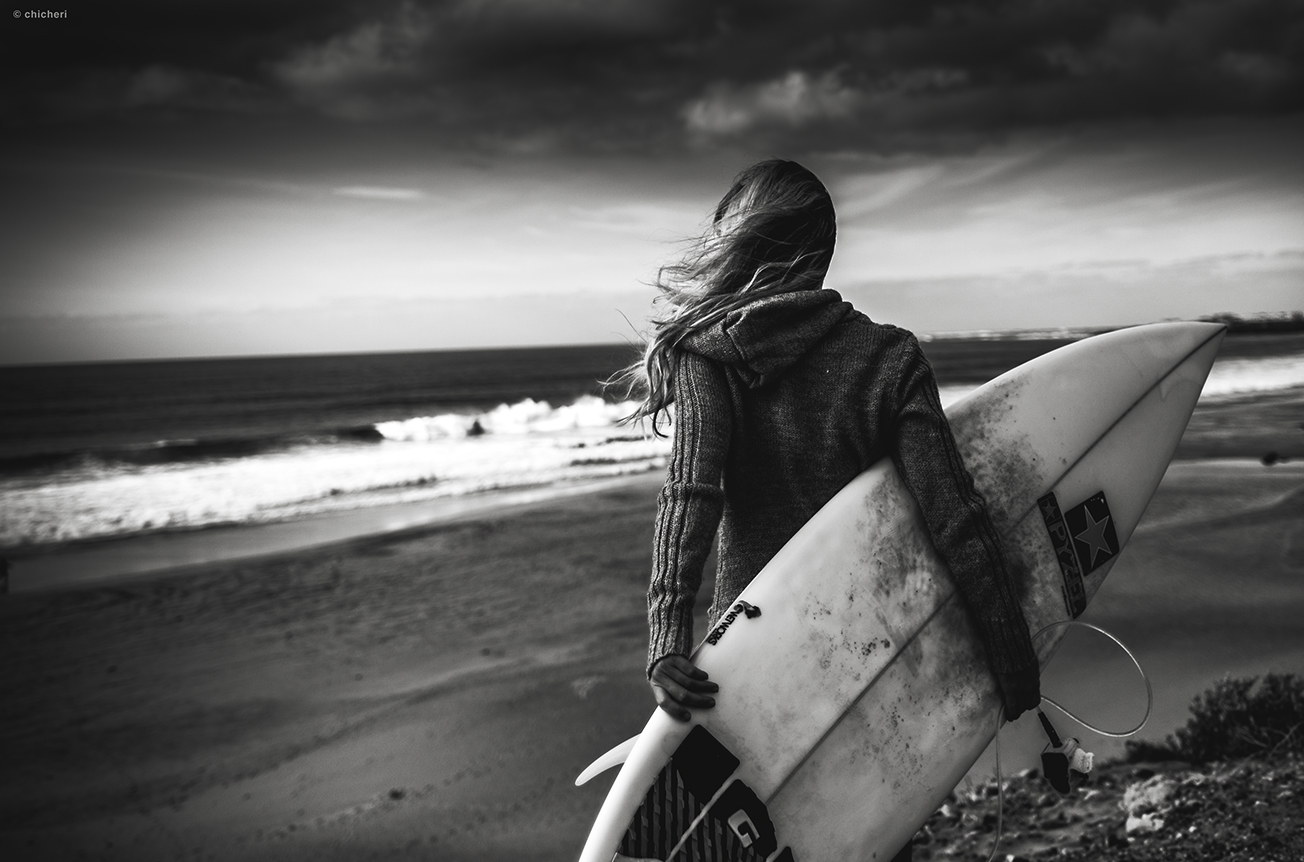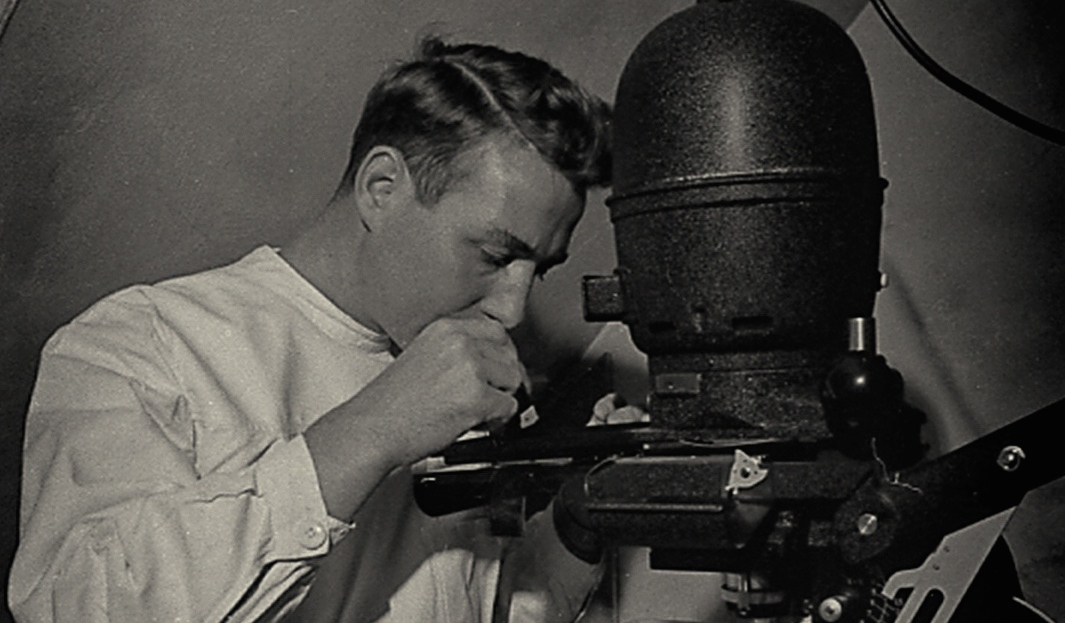Monochrome photography isn’t just about black and white
It encompasses creating images using varying tones of a single hue. This powerful technique allows photographers to express emotion, simplify complex scenes, and direct viewer attention. Mastering monochrome photography can significantly enhance your visual storytelling, creating elegant, cohesive, and emotionally resonant images.
Understanding the Essence of Monochrome
Monochrome compositions are built around a single dominant color, employing different shades, tints, and tones within that hue. Whether classic black and white or contemporary color monochromes, these compositions rely on tonal variations rather than color diversity to convey depth and mood.
Choosing Your Monochromatic Palette
Selecting the right color for your monochromatic images is essential:
- Classic Black and White: Timeless and dramatic, black-and-white photography highlights form, texture, and contrast, focusing on shapes and shadows rather than color.
- Warm Tones: Colors like sepia, orange, or red can evoke warmth, nostalgia, and passion. These palettes excel at creating emotionally charged or historical narratives.
- Cool Tones: Blue, green, and violet shades offer tranquility, melancholy, or introspection, ideal for serene landscapes, portraits, or reflective storytelling.
Composing Strong Monochromatic Images
Effective monochrome compositions depend on thoughtful arrangement and clarity:
- Emphasize Shapes and Patterns: Without multiple colors to differentiate elements, rely on shapes, lines, and textures to build interest and depth.
- Balance Tonal Range: Use a full range of tones—from deep shadows to bright highlights—to create contrast and maintain viewer engagement.
- Leverage Negative Space: Negative space helps to highlight your subject and gives a minimalist, powerful visual impact to your compositions.
Using Light and Shadow to Your Advantage
In monochrome photography, lighting plays a crucial role:
- Directional Lighting: Side lighting or directional lighting accentuates textures and shapes, enhancing the three-dimensional feel of your composition.
- Diffuse Lighting: Soft, even lighting reduces contrast, creating gentle, harmonious compositions suitable for emotional or subtle narratives.
Advanced Monochrome Techniques
Take your monochrome photography to the next level:
- Selective Focus: Employ shallow depth of field to draw attention precisely where you want it, enhancing emotional connection through targeted clarity.
- Intentional Motion Blur: Introducing subtle motion blur can add a sense of movement and energy to otherwise static monochrome images.
- Creative Post-Processing: Experiment with contrast adjustments, tonal mapping, and dodging and burning to enhance the depth and drama of your monochrome compositions.
Conveying Emotion through Simplicity
Monochrome photography is powerful precisely because of its simplicity. By removing the distraction of multiple colors, photographers can focus entirely on emotional storytelling and visual clarity. When executed thoughtfully, monochrome images communicate profound narratives that resonate deeply with viewers.
Embrace the art of monochrome photography to craft striking images that capture emotion, simplicity, and elegance. With deliberate composition, thoughtful color choices, and precise lighting, your monochromatic images will become powerful, timeless works of art.
Extended reading: Textures and patterns in monochrome photography


